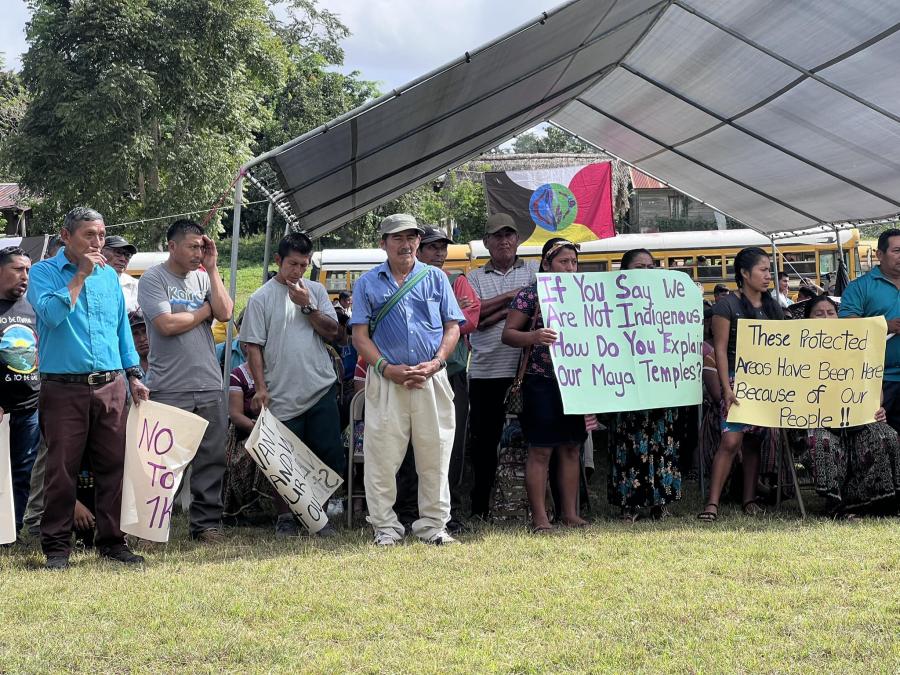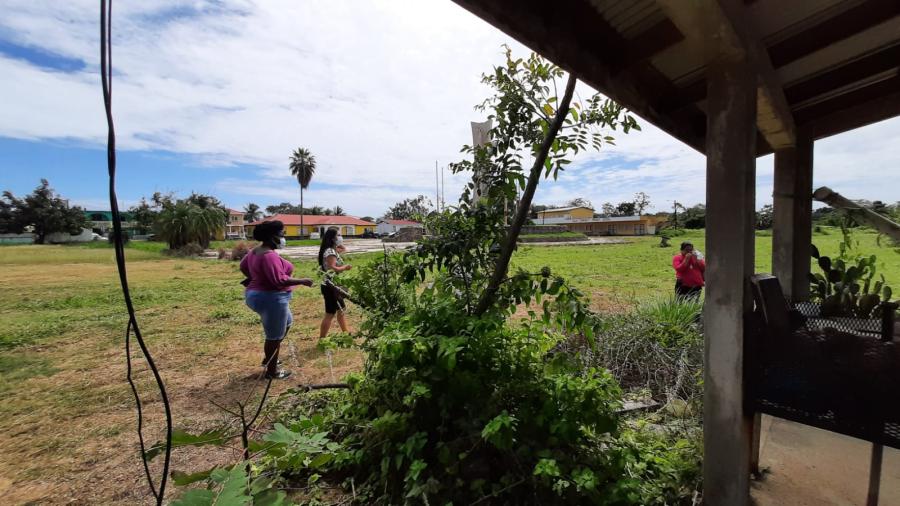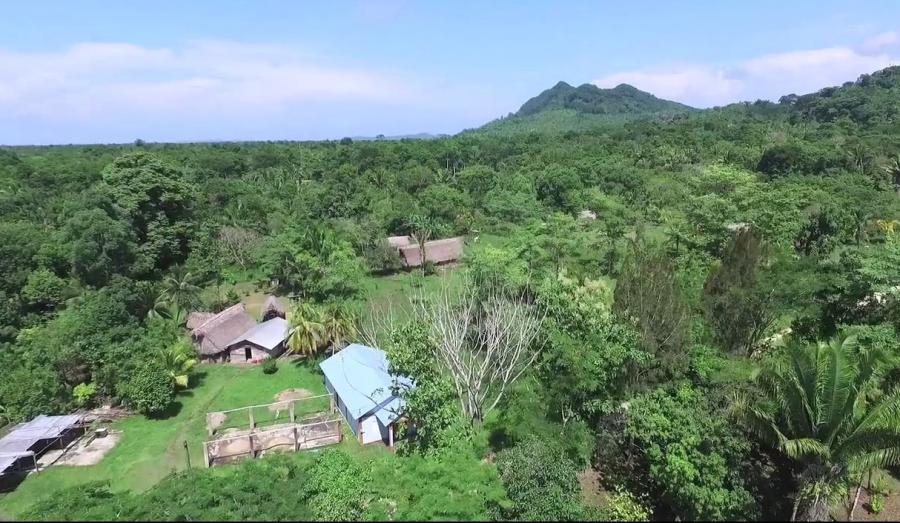Angel Ysaguirre, 32, was born in Belize and lived there with his family until they emigrated to Miami when he was 12. He remembers playing outside during the September 10th Belize Independence Day celebrations as a child when suddenly he heard the traditional Garifuna drums and saw a group of people approaching. He froze in terror for several minutes, certain that he would be harmed. He'd been told the Garifuna held supernatural powers and that they were Obea worshippers. He thought that a simple look from a Garifuna could put an evil spell on you. He decided not to take any chances and stayed as far away as possible from the Garifuna celebrants. Angel thought of the Garifuna people as exciting, artistic, and exotic, but still a people to be feared. Although he cannot pinpoint exactly how he learned this fear, Angel knows it was instilled in him at a very young age.
Angel's perceptions of the Garifuna remained intact for years. As he grew older he noticed a pattern in Belizean history books; early authors, who were often slave owners, repeatedly denigrated the Garifuna, labeling them devil worshippers and savages. These authors portrayed the slaves, in contrast, as happy in their bondage and superior to the Garifuna. For generations, black slaves and their descendants were encouraged not to mix with the devil worshippers "beneath" them. Slave/land-owners and government officials also offered their "protection" from these "savages." Belief in Garifuna savagery of course served the interests of slave owners who did not want the free blacks influencing the slaves. This legacy of prejudice was passed down over generations, and until recently this version of Belizean folk history was widely accepted without question.
In 1999, as a program officer with the Illinois Humanities Council, Angel Ysaguirre saw The Garifuna Journey, a video submitted by project coordinators Andrea Leland and Kathy Berger as part of a grant application. The video revealed a history of his country that he'd been unaware of. As an immigrant living in Chicago, Angel rarely comes into contact with either print or visual media documenting his native country. He says of The Garifuna Journey, "... the story becomes my story, because it is the history of my country -- my origins." The video helped explain some of his earlier experiences and provided a context within which he could understand them more fully. The film made its way around his entire family.
Working closely with Garifuna artists, community organizations, and scholars, the Garifuna Journey project coordinators have co-curated a traveling exhibition of Garifuna Culture. The Garifuna Journey multimedia project presents the culture from an insider perspective -- all research was conducted and material collected in collaboration with members of the National Garifuna Council in Belize and the United States.
"When I saw the Garifuna Journey exhibit, I was moved to tears because I had never seen a presentation about Garinagu where we were telling our story from our own perspective," says Sister Barbara Flores, a 50 year-old Garifuna woman born in Punta Gorda, Belize who is currently a Ph.D. candidate at Northwestern University and a member of the religious order of the Sisters of Charity of Nazareth. These words are often repeated by others in the Garifuna community who have seen the documentary. "Telling the story from my perspective," says Sister Flores, "makes me feel legitimate -- affirms the fact that this group does exist and includes my voice. As simple as this sounds, historically, our voice has not been included."
Sister Flores goes on to say that in the past, the story of the Garifuna people has often been misrepresented by outsiders writing about Garifuna culture, resulting in the development and dissemination of negative stereotypes about the Garinagu people. These negative perceptions, which have often served a political, social and economic purpose, have been the only ones available to outsiders and thus the public believed the Garinagu to be backward savages.
Over the years, Sister Flores has reached a deeper understanding of the resilience and strength of her people. This understanding will help her as she continues her dissertation research (integrating anthropology and theology) on Garifuna culture. After seeing the Garifuna Journey exhibit, Sister Flores offered to do what she could to move the project forward and eventually became the voice of the Garifuna in the video. She continues to offer her assistance with the development of the project's study guide and has accompanied the producers to screenings and conferences as a guest speaker.
Both Sister Flores and Angel Ysaguirre claim The Garifuna Journey as their story, Barbara because it is a story told by her people about her culture and Angel because it is an untold story, the telling of which helped him understand his country of origin.
Article copyright Cultural Survival, Inc.



